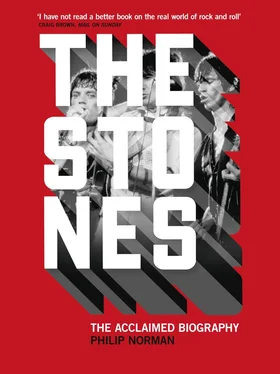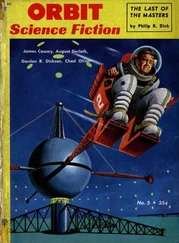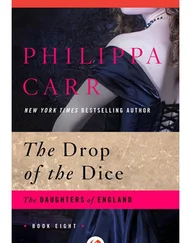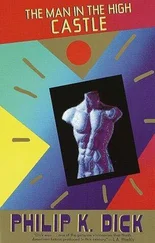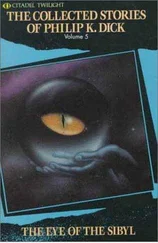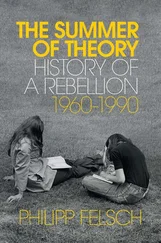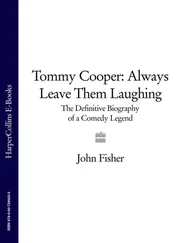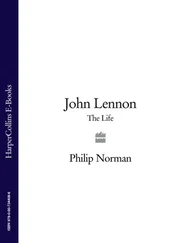All who attacked the Stones fondly imagined themselves to be part of a process that must ultimately consign the ugly little upstarts to ear-burning oblivion. A great many worthy citizens might have held their peace if they had realized what Andrew Loog Oldham did by early 1964: that the more ferociously grown-ups attacked and derided the Stones, the more their teenage fans would love and support them.
Coverage of the Stones from spring 1964 onwards testifies to Oldham’s artful success in making their name synonymous with surliness, squalor, rebellion and menace. Newspaper reporters then were usually middle-aged, baffled by pop music and only too glad of the phrases which Oldham provided. Almost every story began in the same way: ‘They are called the Ugliest Group in Britain …’ Other stories described the Stones’ habit, when exasperated by pressmen’s questions, of sticking their fingers up their noses and dragging down their eyes in a collective version of Brian Jones’s ‘nanker’ grimace. Perhaps Oldham’s greatest thematic coup was a headline in Melody Maker : WOULD YOU LET YOUR DAUGHTER GO WITH A ROLLING STONE? The words mutated into what became almost a national catchphrase whenever the Stones appeared on television. ‘Would you let your daughter marry one?’ people said to each other, or, ‘Mothers turn pale …’
To the fans, they were presented in the mode of Elvis Presley a decade previously – as rebels who were nice boys when you got to know them. No less an authority than Jimmy Savile confided to his pop column audience in the People newspaper that ‘they’re a great team for having a laugh, and dress very clean and smart when they relax’. Oldham ensured that they did everything that pop fans expected, posing as lurid colour pin-ups for teen magazines like Rave and Fabulous 208 , grouped in uniform leather waistcoats or jumping up together in zany Beatle style. Their clothes – Brian Jones’s especially – were discussed at inordinate length. Like every other group, they filled in their ‘Life Lines’ for New Musical Express , tempering sarcasm with what was usual, including the ritual white lie about their ages. Mick Jagger (‘born 1944’) gave his Favourite Colour as ‘red, blue, yellow, green, pink, black, white’, and his Favourite Clothes as ‘my father’s’. Keith Richard gave his Year of Birth as ‘1944’, his Parents’ Names as ‘Boris and Dirt’, his Favourite Actor as ‘Harold Wilson’, his Miscellaneous Dislikes as ‘headaches, corns, pimples, gangrene’. Brian Jones (‘born 1944’) gave his Sister’s Name as ‘Hashish’ and his Biggest Career Break as ‘break from parents’. Though Bill Wyman subtracted the largest amount from his age – five years – he admitted the existence of his wife, Diane, and his four-year-old son, Steven. Only Charlie Watts did not lie about his age or his Hobbies: ‘collecting antique firearms and modelling in plaster’.
The ‘voice of the teens’ no longer needed their manager to whip up notoriety for them. On March 27, under a headline BEATLE YOUR ROLLING STONE HAIR, the Daily Mirror reported that eleven pupils at a boys’ school in Coventry had been suspended for imitating the Stones’ hairstyle. The headmaster had refused to reinstate them until they returned to school with hair ‘cut neatly, like the Beatles’.’
By April 1964, they had spent so many consecutive weeks on tour that when Bill Wyman finally went home, his dog mistook him for a burglar and tried to bite him.
Bill had moved with his wife and son from their flat in Penge to a modest house in Farnborough. He was still conspicuously the older man of the group, weighing the pleasures of stardom against the need to support a family and pay off a mortgage. That was only just possible on the wage each of the Stones drew from Eric Easton, pending Decca’s first payout of royalties – which, their contract now revealed, might not be for up to a year after the actual record sales. When Bill drove home to Farnborough, he did so in the mood of an overworked commercial traveller, minus commission.
Mick, Keith and Brian had left the Edith Grove flat and gone separate ways which, at the time, seemed dictated by Brian’s eternally complicated love life. He now wanted nothing to do with Pat Andrews and baby Julian, being deeply involved with a pretty young model named Linda Lawrence. Within a matter of only months, the inevitable happened. Linda, too, discovered that she was pregnant.
Mick and Keith were now sharing a flat with Andrew Loog Oldham in Willesden, North London. ‘We had two rooms between us,’ Oldham says. ‘And we had to share a bathroom. It was rather a quiet place, really. Half a bottle of wine in that flat was a big deal. And anyway, all three of us were going steady.’
Mick Jagger was ‘going steady’, in almost every sense of that winsome Fifties phrase, with Chrissie Shrimpton, seventeen-year-old younger sister of Jean Shrimpton, the famous new face of Vogue and Sunday colour supplements. A year earlier, watching the Stones play at a basement club in Maidenhead, a friend of Chrissie’s dared her to go up to Jagger and ask him to kiss her. The encounter was symbolic of the new kind of Sixties girl Chrissie Shrimpton was no less than the kind of Sixties man Jagger would shortly become. He did kiss her and afterwards invited her out to a cinema in Windsor.
Chrissie’s father was a prosperous builder in the Buckinghamshire town of High Wycombe, with a substantial house and farm a few miles into the country. Mr Shrimpton did not at first care at all for the thin, spotty boy his younger daughter had been bringing home after excursions to music clubs in the neighbourhood. The fact that he was an LSE student, a cut above the usual pop-group type, somewhat mollified Chrissie’s parents. And Mr Shrimpton, self-made man that he was, perceived that, under the hair and spots and sullen lips, there was an acute and calculating intelligence.
Though Chrissie did not share her sister Jean’s cool, unfussed beauty, she was in every way an improvement on Mick’s Dartford girlfriends. She was also, despite her elfin appearance, strong-minded and forthright, with a temper that Mick soon provoked by his cool and careless attitude to the obligations of a steady boyfriend. Their romance from the beginning was punctuated by fights like the one Oldham had witnessed in the Crawdaddy Club passage.
They were, even so, genuinely and often happily in love, and had made plans to marry as soon as Mick earned enough money to support a wife. This was in the days when he still planned to finish his economics degree course and choose some respectable career in business, or – he once told Chrissie’s father – perhaps even politics.
The Shrimptons, with their substantial country house, gave Mick Jagger his first social step up from suburban Dartford. Still more attractive was the connection through Chrissie’s famous sister with the world of fashionable young London – David Bailey, Mary Quant, the Sunday Times , Whipp’s and the Ad Lib. Though Chrissie herself was at secretarial college, her name sometimes appeared in magazine stories about Jean. Mick, though hardly even semi-famous, liked to imagine their romance to be the stuff of newspaper gossip columns. So he would refer to it, in tour interviews with provincial journalists, sitting on the cold back stairs of some northern Gaumont of ABC, sniffing with the faint flu that plagued all the Stones and tilting a Pepsi bottle against his lips. ‘… there’s all those lies being written about me and Chrissie Shrimpton …’
He was now palpably a being apart from the other Stones, in his cable-stitched fisherman’s sweater, his languid eyes appraising his interviewer’s cheap suit as he dismissed this or that question as ‘too much of a drag to talk about’. Offstage, he seemed the most antisocial and isolated: a rebel against his home and background, more vehement even than was Brian Jones. For weeks on end, Joe and Eva Jagger down in Dartford would hear nothing from him. Keith, by contrast, kept in touch with Doris Richards and showered her with gifts to delight her eccentric heart. Charlie Watts was a model of filial affection who presented his mother with a coffee gateau religiously every Friday night. When buying a gateau for his girlfriend also, Charlie would take the walnut from the centre of the girlfriend’s cake and put it on his mother’s, so that she’d have two walnuts.
Читать дальше
